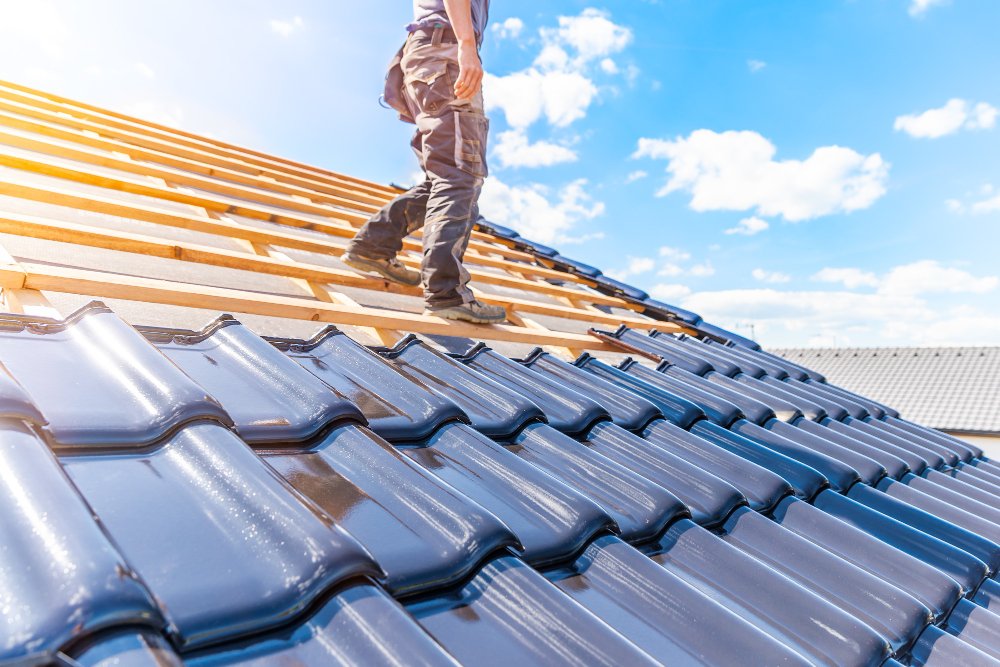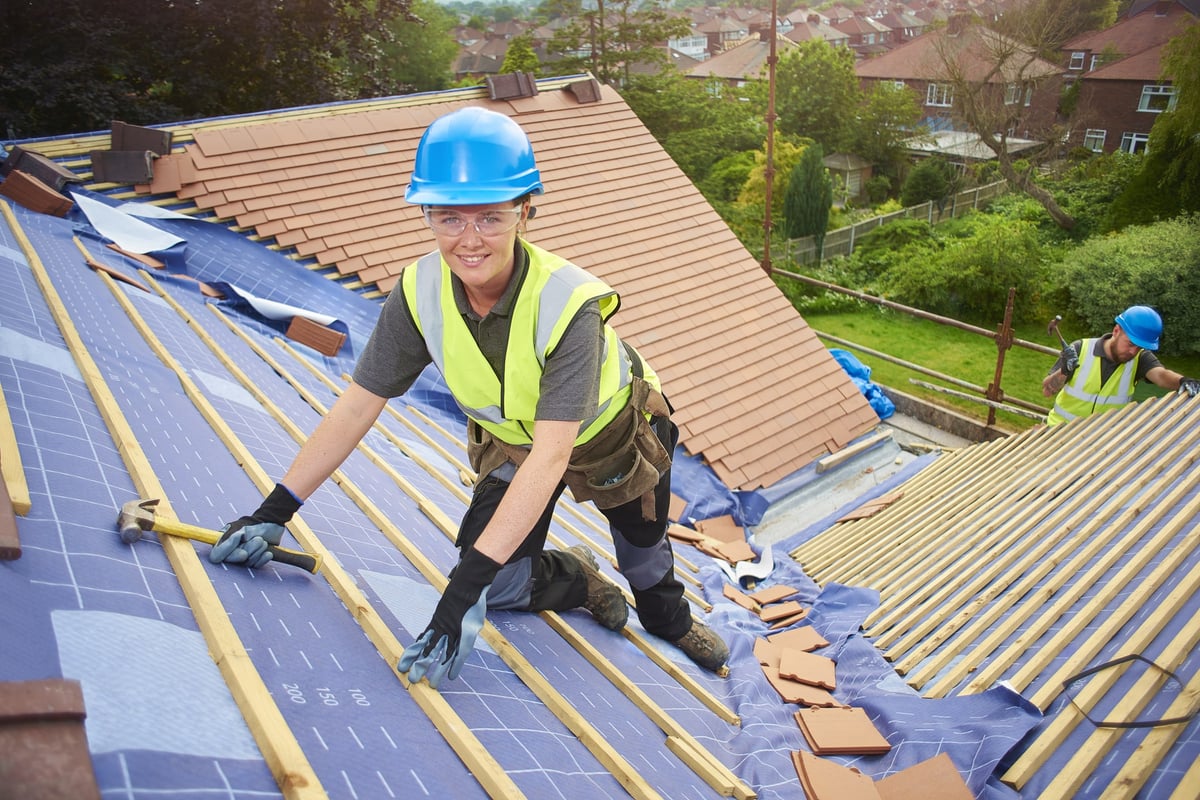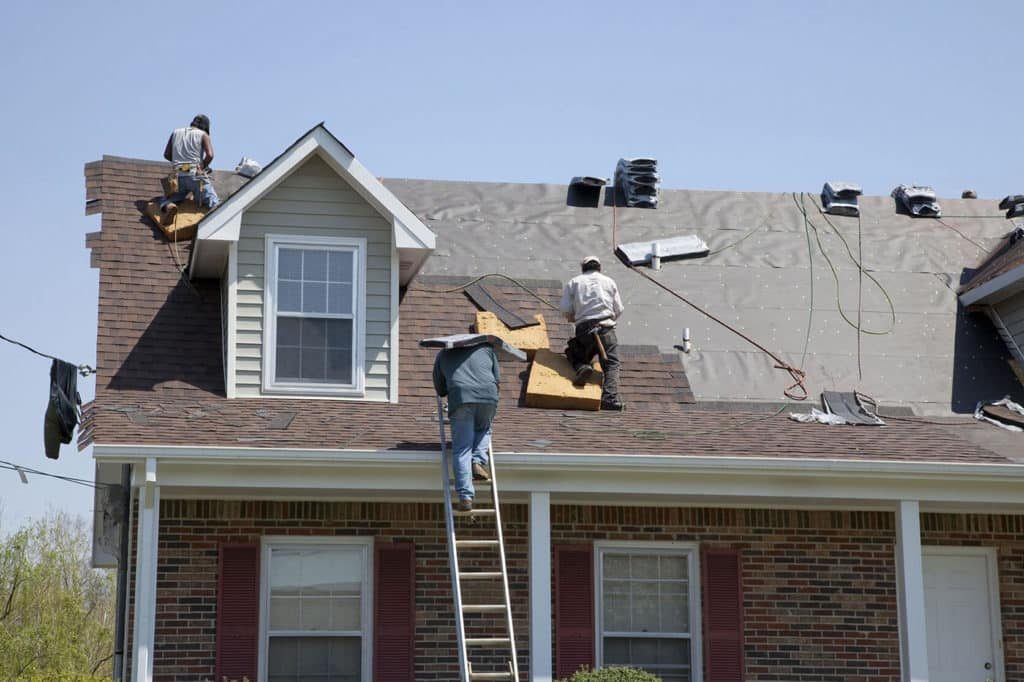Exactly How to Review Different Roof Alternatives for Your Structure Needs
Evaluating roof alternatives for your structure calls for a comprehensive approach that takes into consideration numerous factors such as the intended use of the structure, local environment conditions, and product qualities. It is necessary to consider the benefits and drawbacks of various roof covering types, from asphalt roof shingles to steel and clay ceramic tiles, while also considering initial expenses and long-term upkeep. Furthermore, recognizing energy effectiveness and aesthetic allure can influence your decision. As you contemplate these considerations, one concern stays: which aspects will eventually lead your option for a lasting and visually pleasing roof covering service?
Analyzing Your Building's Demands
To effectively examine roof options, begin by extensively assessing your structure's needs. Begin by considering the structure's planned usage, as different structures might necessitate varying roof covering specs. Domestic roofings commonly prioritize visual appeals and insulation, while commercial buildings might focus on longevity and load-bearing ability.
Next, assess the regional climate conditions that will affect roof efficiency. Variables such as temperature level changes, rainfall levels, and wind patterns can influence material choice and design. A roof that stands out in a warm climate may not perform also in areas vulnerable to hefty snowfall or extreme warmth.
Additionally, examine the structural integrity of your structure. Make sure that the existing framework can sustain the selected roofing products, specifically if taking into consideration much heavier options. It is also critical to assess any type of regional structure codes or regulations that might determine specific demands for roof.

Contrasting Roof Products
As soon as a comprehensive evaluation of your building's requirements has been finished, the following action entails contrasting various roof covering materials. Each product uses unique benefits and downsides, making it necessary to straighten your option with your specific requirements and scenarios.
Asphalt tiles are commonly recognized for their price and simplicity of setup, making them a preferred option for property structures. On the various other hand, steel roof covering, recognized for its durability and durability, can endure rough climate condition yet might include a greater initial financial investment.
Clay and concrete floor tiles give superb thermal insulation and visual charm, specifically for Mediterranean-style design, yet they require an even more robust architectural support because of their weight. Wood trembles offer a natural look and excellent insulation properties but might require extra maintenance and are vulnerable to fire dangers.
Evaluating Price and Budget Plan
Analyzing your roofing alternatives demands a cautious examination of price and budget considerations. The total spending plan for a roof covering job comprises a number of elements, consisting of product prices, labor costs, upkeep, and prospective lasting cost savings. It is important to develop a clear spending plan before checking out details roof covering products, as this will certainly direct the decision-making process and aid you stay clear of overspending.
Begin by getting quotes from several service providers to click this link recognize labor costs in your region. Make sure that these price quotes consist of all necessary solutions, such as elimination of the old roof, setup, and any additional functions, like insulation or ventilation improvements - Toledo Roofer. Next, evaluate the price of various Read Full Article roof covering products, thinking about both first setup prices and expected life-span

Comprehending Energy Performance
Energy effectiveness plays a critical role in the option of roof covering materials and systems, significantly influencing both energy usage and general comfort within a building. An appropriate roof covering can boost thermal efficiency, lowering the requirement for home heating and cooling systems, which subsequently reduces energy expenses and decreases environmental effect.
When examining roof alternatives, think about products that reflect instead than soak up warmth. Light-colored or reflective roofing products can considerably decrease roofing surface temperature levels, resulting in lower power use throughout hot months. Additionally, proper insulation and ventilation are essential to enhance the energy efficiency of the entire roofing system. Insulation stops warmth transfer, while air flow mitigates warmth build-up in the attic room area.
An additional important variable Roofer is the roof's long life and upkeep demands. Durable products that require much less constant substitute add to long-term power financial savings. The power performance of a roof covering system can additionally be assessed through its conformity with well established sustainability ratings such as ENERGY STAR or LEED.
Thinking About Visual Appeal
A roofing's visual allure substantially affects the general appearance of a building, enhancing its building design and enhancing curb charm. Roofer. When evaluating roof options, it is important to take into consideration how the picked product, shade, and layout will integrate with the existing structure and neighborhood. A well-designed roofing system can boost even the easiest of structures, changing them right into aesthetic prime focus
Various roof materials supply various aesthetic top qualities. Typical roof shingles might stimulate a traditional appeal, while metal roofing can give a modern, streamlined appearance. Additionally, the shade of the roofing product plays an important function; lighter tones can make a building show up even more large, while darker tones might create a cozier atmosphere.
Additionally, building components, such as dormers and eaves, can improve the roofing's visual impact. It is a good idea to seek advice from specialist developers or engineers to make sure the picked roof choice straightens with the total style intent. Inevitably, a roof covering must not only give practical advantages yet additionally contribute favorably to the building's aesthetic, mirroring the owner's preference and the character of the surrounding setting.
Final thought
